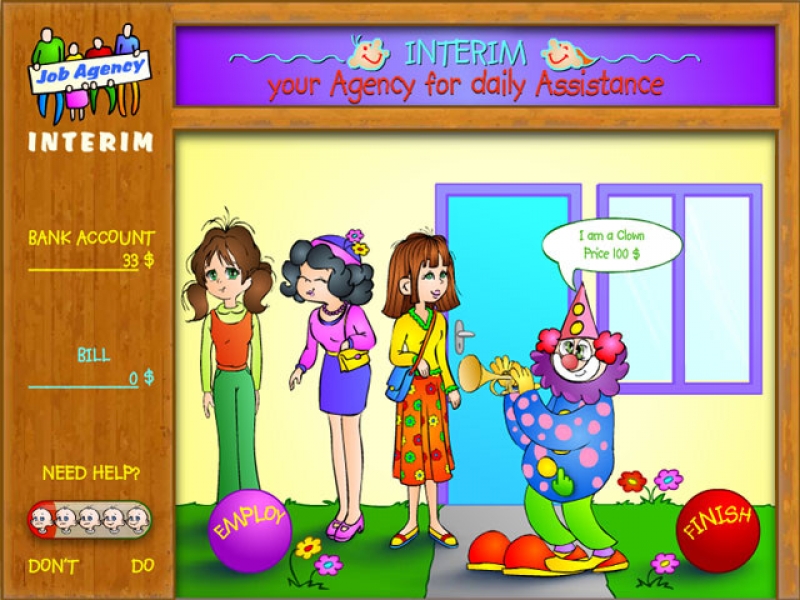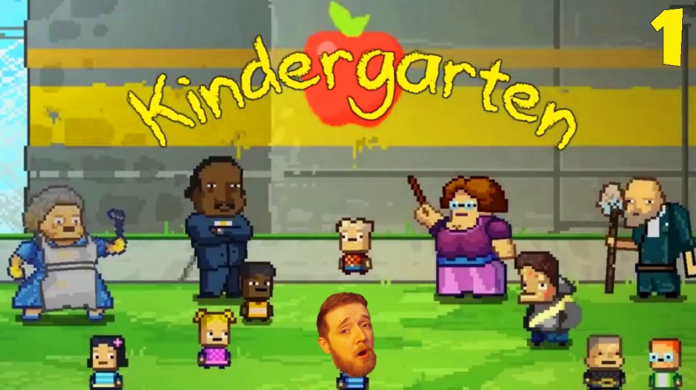

As a child, Stephen had difficulty learning to read due to dyslexia. The program, provided by the Starfall Education Foundation, a nonprofit organization, was conceived by Dr. Membership also supports the production of new books, songs, educational games, and movies.

Our low-cost membership program expands the free content to include animated songs, mathematics, and reading activities spanning K-5. It is widely used in schools that serve children with special needs and learning difficulties. Starfall is an educational alternative to other entertainment choices for children and is especially effective for special education, homeschooling, and English language development (ELD, ELL, ESL). The program emphasizes exploration, play, and positive reinforcement-encouraging children to become confident and intrinsically motivated. Starfall activities are research-based and align with Individual and Common Core State Standards in English language arts and mathematics. Starfall’s emphasis on phonemic awareness, systematic sequential phonics, and common sight words in conjunction with audiovisual interactivity has proven effective in teaching emergent readers. Since then it has expanded to include language arts and mathematics for preschool up to fifth grade. ® opened in September 2002 as a free public service to teach children to read. By using this site, you agree to our use of cookies and updated Privacy Policy OK At Starfall, children have fun while they learn. The storm should not be a menacing one.Starfall has no advertising, does not collect personal information from children, does not sell any information, and uses cookies only for internal website management. It’s a tropical storm! What a storm! It’s raining.” Don’t make it scary for the toddlers – keep smiling and having fun. While this is happening, repeat short phrases such as, “It’s raining.” “It’s raining a lot! Oh my! It’s really raining now. Then gradually decrescendo until the sun comes out. Start with a gentle pitter-patter, quite slowly, gradually increasing the speed and intensity as the rain falls harder to create a tropical storm. Now you’ve done the demo, have all the parents join in, tapping their thighs and following your prompts. At the end, they fold the umbrella, smile, and look up at the clear sky.

In addition, they could run for cover when it starts raining hard and pretend to be in a rainstorm. If you have an assistant, have them open the umbrella and hold it over their head. Say, and Oh good, here comes the sun! And finally, it stops raining, so you can close the umbrella. Then, drum faster, saying, Oh no, it’s raining hard! Next, slow the rain down until it’s just spotting – tapping your thighs slowly while you look hopefully up at the sky. If the room is too noisy, then use a box or something that resonates. Start drumming your hands on your thighs to make a pitter-patter of rain. Get an umbrella and say, Oh no! It’s raining. They can return as soon as their child has calmed down. In addition, ask parents to discreetly leave the room if their child has a loud vocal meltdown. Next, ask parents to join in with you while you show them games and activities typical of things you do with the kids during their English classes.Įxplain to parents that, as they get to know their teacher, their kids will join in gradually, but today we can’t expect much participation from the children. Our ever-expanding world of kindergarten learning games, books & kids videos was developed by learning experts to help kids aged 2-7 develop the skills they need for life & we don’t just mean math & literacy. Then, on behalf of the kindergarten, thank them for coming. Next, introduce yourself and welcome parents. But, of course, you cannot expect to have all the kids’ attention, so don’t wait for it. Then pause, and wait for parents’ attention. Introductionįirst, attract everyone’s attention by banging a gong. Then, start on time, be sure to have everything ready in advance, and move swiftly from one demonstration to another. To achieve this, rehearse your demo several times to know exactly what you are doing without referring to any notes. To keep the attention of 100 people, you need to keep things moving. In the demo lesson for kindergarten below, you’ll see how! Therefore I suggest getting the parents to join in, not the kids, who are bound to be excruciatingly shy at first.

The director is looking to convince parents to send their children to her kindergarten.


 0 kommentar(er)
0 kommentar(er)
